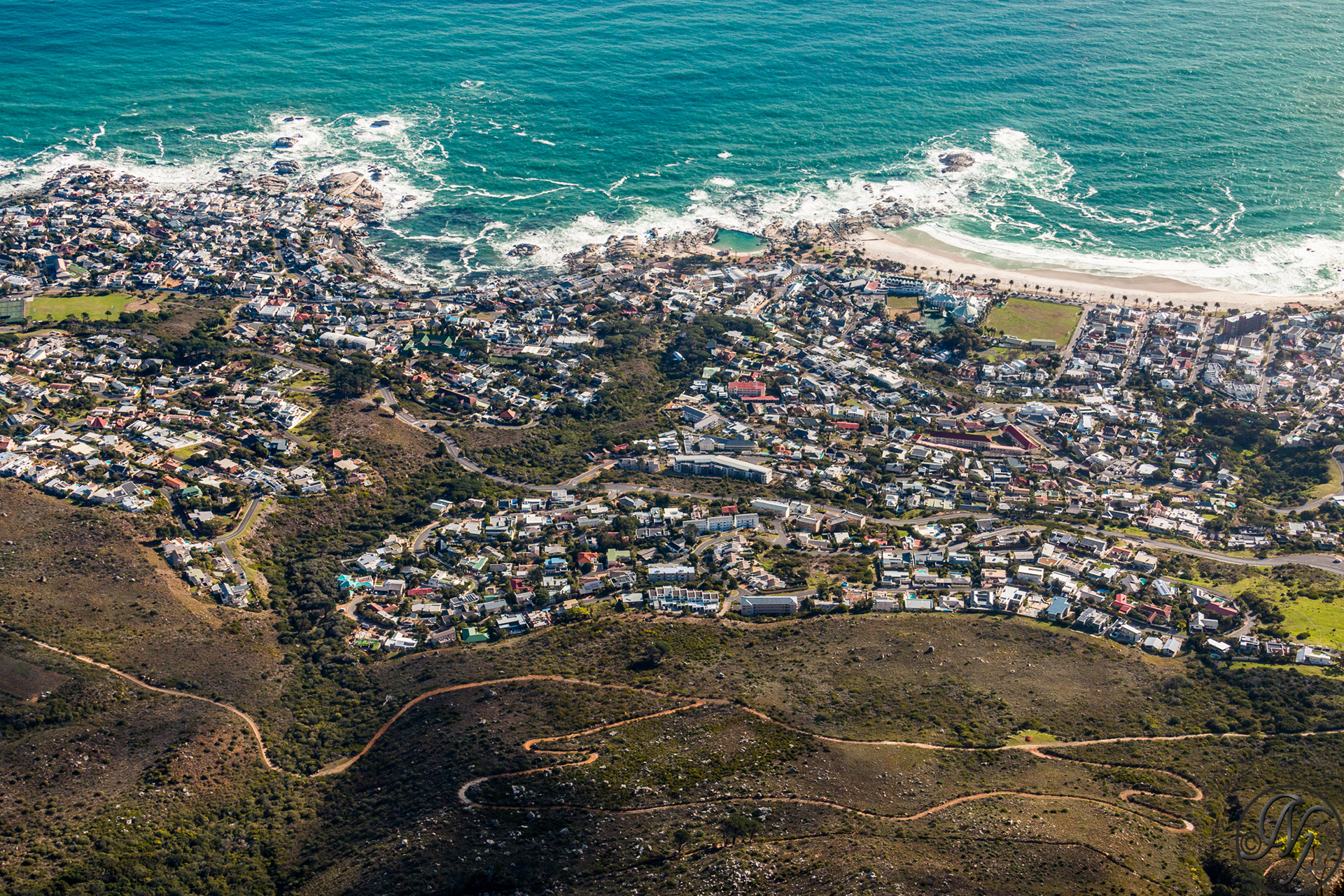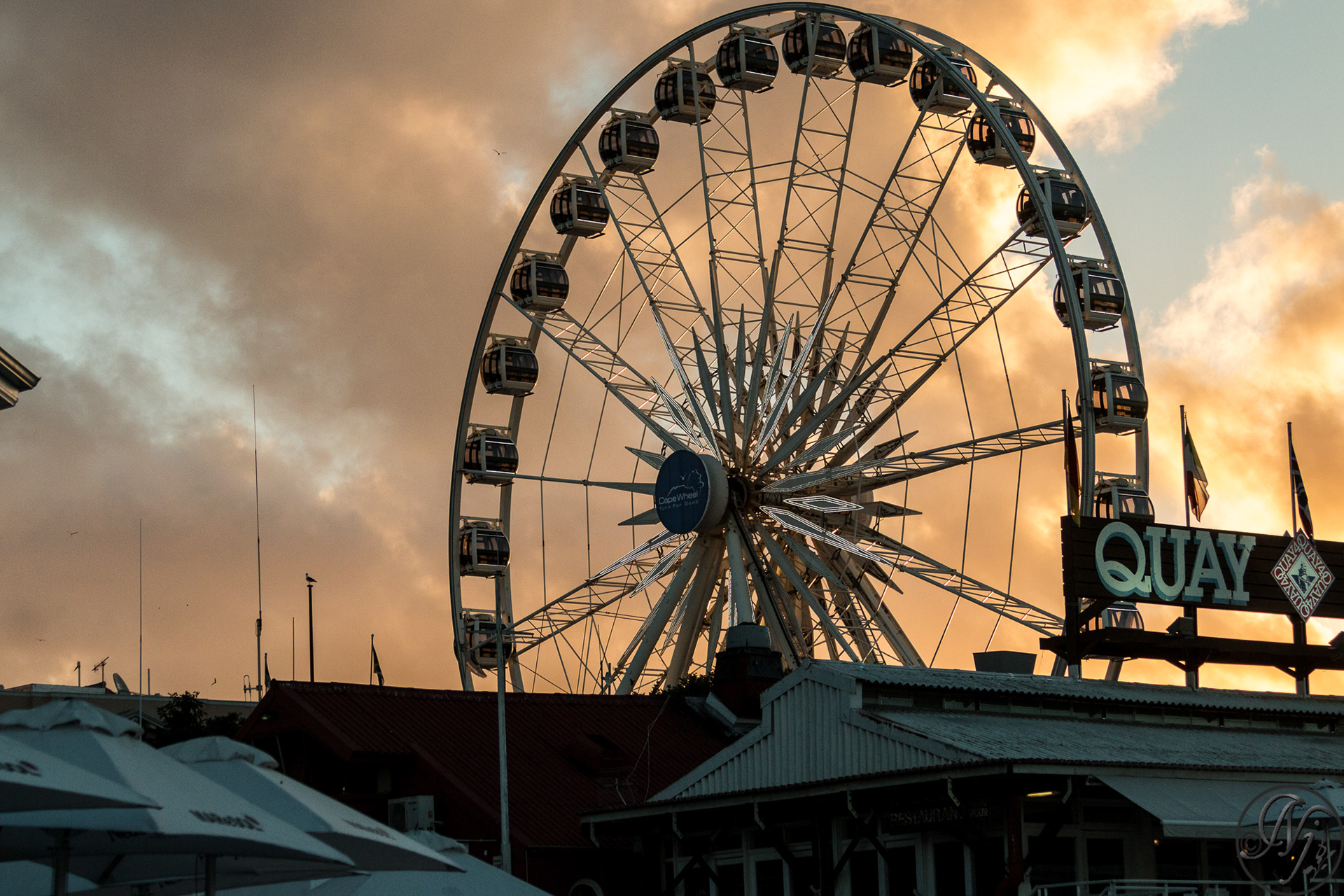








Cape Town (Afrikaans: Kaapstad [ˈkɑːpstat]; Xhosa: Ikapa) is a coastal city in South Africa. It is the second-most populous urban area in South Africa after Johannesburg. It is also the capital and primate city of the Western Cape province. As the seat of the Parliament of South Africa, it is also the legislative capital of the country. It forms part of the City of Cape Town metropolitan municipality. The city is famous for its harbour, for its natural setting in the Cape Floristic Region, and for such well-known landmarks as Table Mountain and Cape Point. As of 2014, it is the 10th most populous city[clarification needed] in Africa and home to 64% of the Western Cape's population. It is one of the most multicultural cities in the world, reflecting its role as a major destination for immigrants and expatriates to South Africa. The city was named the World Design Capital for 2014 by the International Council of Societies of Industrial Design. In 2014, Cape Town was named the best place in the world to visit by both the American New York Times and the British Daily Telegraph. Located on the shore of Table Bay, Cape Town was first developed by the Dutch East India Company as a victualling (supply) station for Dutch ships sailing to East Africa, India, and the Far East. Jan van Riebeeck's arrival on 6 April 1652 established the first permanent European settlement in South Africa. Cape Town quickly outgrew its original purpose as the first European outpost at the Castle of Good Hope, becoming the economic and cultural hub of the Cape Colony. Until the Witwatersrand Gold Rush and the development of Johannesburg, Cape Town was the largest city in South Africa. Info: Wikipedia








